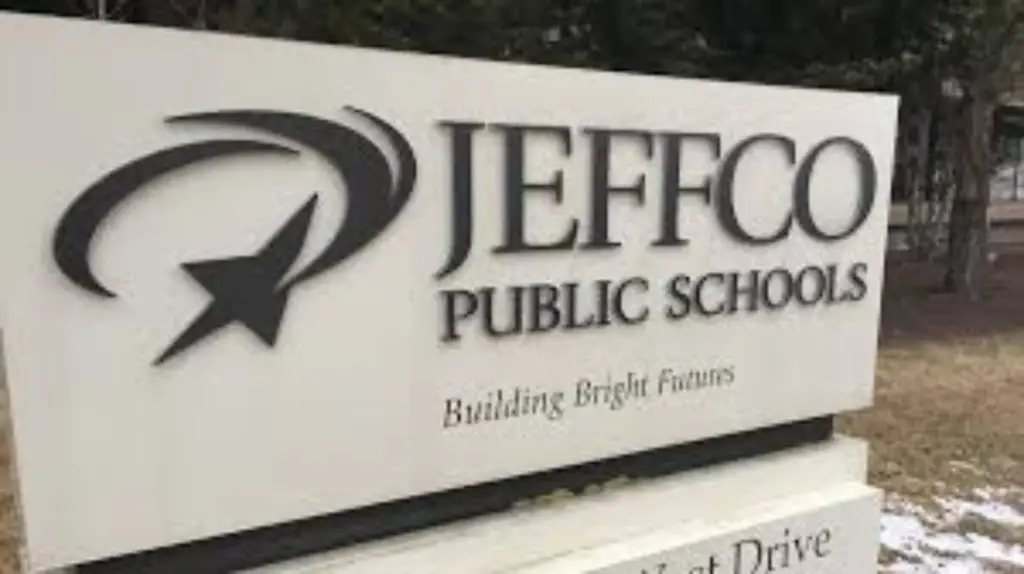Greater academic demands, falling enrollment, and tight financial constraints are forcing many school boards and district management teams to confront the wicked problem of school closings and consolidations.
Denver Public Schools is currently wrestling with the issue.
Nearby Jefferson County Public Schools (Jeffco), one of the nation’s largest suburban school districts, provides another painful example. The board recently voted to close 16 elementary schools because of declining enrollment.
In 2012, Jeffco spent $446 million on salary and benefits to serve 77,143 students in its district-run schools. Ten years later, it spent $702 million (58% more) to serve 69,526 students (10% fewer). Sixty-eight of Jeffco’s neighborhood schools now operate at less than 80% of capacity, the industry threshold for low utilization. Forty-eight operate below 65%.
Besides decreasing birth rates, another reason enrollment has fallen is the steady decline in Jeffco’s academic performance. In 2019 (before Covid-19), 54% of Jeffco third graders didn’t meet state ELA standards on the Colorado Measures of Academic Success (CMAS). The 2022 state assessment results showed that pandemic learning losses have made Jeffco’s situation even worse, with 70% of Jeffco’s sixth graders now not proficient in math.
Between 2012 and 2021, enrollment in Jeffco’s neighborhood schools declined by more than 11,000 students, while enrollment in the district’s option and charter schools increased, as did the numbers of families enrolling children in other districts, as well as private, religious and home schools.
Declining enrollment is not just a Jeffco challenge. Denver lost 3,600 students between 2019 and 2021, and the district forecasts losing 3,000 more over the next four years. Urban districts such as Chicago, Los Angeles, and Minneapolis have been losing students for years, but now smaller and suburban districts are, too. Earlier this year, Aurora Public Schools in Colorado approved closing several schools because of enrollment drops.
A national decline in birthrates, falling achievement results, a decrease in immigration and the impact of Covid-19 have further exacerbated enrollment declines and prompted school closure discussions. But because those discussions can become heated quickly, a critical point is often lost: Closures are often necessary to ensure students have adequate resources. That’s because resources will either be spent on buildings with a lot of empty seats, or they’ll be re-allocated to the buildings where students are learning today.
In short: School closure conversations are also school quality conversations.

Working with communities to increase resources to students
Families, teachers, and community members whose schools are closed often pay a big price. But thoughtfully structuring the problem and carefully designing the process for deciding on a solution can help reduce public conflict.
A well-designed school closure and consolidation policy should include criteria such as school academic performance, condition of facilities, and enrollment stability. Districts should also establish transparent processes for examining relevant data, engaging parents, considering alternatives to closures publicly and deciding the schools to be closed in ways seen as legitimate by key stakeholder groups.
But in Jeffco, and in other districts where enrollment has declined steadily and schools have grown smaller and more expensive to operate, school closing processes must now be designed and implemented under great pressure.
For district leaders just starting to design a school closing process, the first consideration is time. A fair, open process will engage different stakeholders in evaluating possible solutions. But the more financial pressure a district faces, the less time will be available.
Many districts that have neglected this task now need to close many schools quickly to avoid allocating dollars to buildings with few students. Less community involvement before closure decisions can invite public conflict and an erosion of trust. But districts can ameliorate those consequences by following a process with four key elements:
1. Provide sufficient data to show why closures and consolidations are needed. Where possible, it is also important to provide the community with more than one option – for example, three closure and consolidation plans that achieve the district’s cost saving goals. If just one is presented, the community may see the closure process as being done to them rather than with them. The community should also receive a clear statement of the evidence and logic that underlies each option. School closure possibilities should be openly rated on several criteria, which may include:
- Maximizing students’ academic outcomes (e.g., students from a closed school must move to one with better performance). This also includes minimizing programming disruptions (e.g., forcing students to switch curriculums, or move to a school that lacks a program they are currently in, like STEM or dual language)
- Minimizing any loss of Title 1 funding (as occurs when a Title 1 school is closed and students are moved to schools that don’t meet Title 1 eligibility).
- Balancing diversity, equity, and inclusion needs by setting minimum diversity goals at schools that receive students from closed schools.
- Minimizing the number of students affected by school closures.
- Maximizing average school safety and climate.
- Maximizing the physical condition of the district’s schools.
- Minimizing the distance students will have to travel from their closed school to their new school, and the number of busy roads they need to cross if bus transportation isn’t provided.
- Minimizing the negative impact on a community (e.g., avoid closing schools that have community health clinics, or facilities that are heavily used for outside activities).
- Minimizing opposition to the closing and consolidation plan by incorporating feedback from key stakeholder groups.
- Maximizing political support for the closing plan by gaining support from key stakeholder groups.
2. Form an advisory group of trusted stakeholders that can advise the board.
3. Make sure parents can see that the next school their child attends will be an improvement. If parents don’t believe this, their opposition (and that of other stakeholders) will likely be fierce. An acid test question for decision-makers: “Would you transfer your child from the closed school to the new school?”
4. Develop a clear process for how closure decisions will be made and the roles different groups will play, and then communicate that process clearly to staff, students, and the community.
While the authority to close schools typically rests with school boards, district staffers will need to design and implement a stakeholder engagement process and provide the data required to make informed closure and consolidation decisions.
Successfully structuring school closure and consolidation processes, developing possible solutions, and executing the plans are often beyond the capabilities of district staff. Districts may need to consider hiring outside advisers as a result.
As more districts close or consolidate schools, they can lessen the risk of public conflict by thoughtfully designing a clear plan for closures, incorporating feedback from families and stakeholders, and clearly communicating the plans they need to pursue.
Susan Miller advises school districts on academic, facilities, organizational, and financial issues, including closure and consolidation plans. She is an elected member of the Jefferson County Board of Education. These are her personal views.
Bing Howell reinstated Chicago Public Schools’ Office of Portfolio Management as the Chief Portfolio Officer in 2019. He is currently an independent consultant supporting districts, schools, and communities.
Tom Coyne is a business consultant and executive with extensive experience in turnarounds and restructuring. For more than 20 years, he has invested his volunteer time in K-12 performance improvement.






